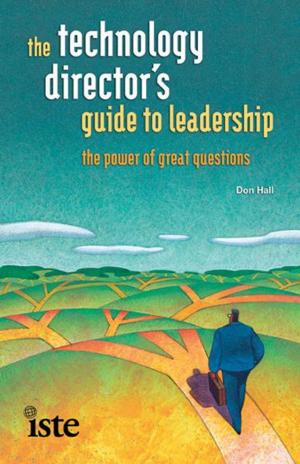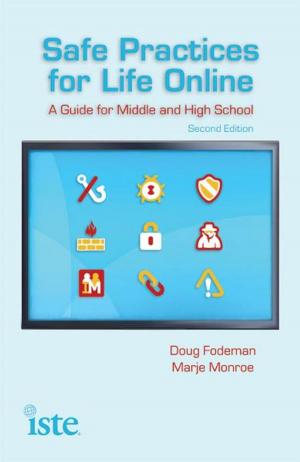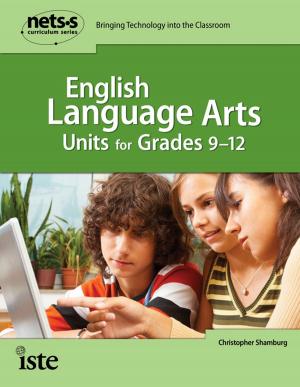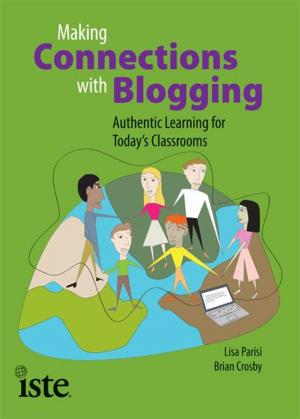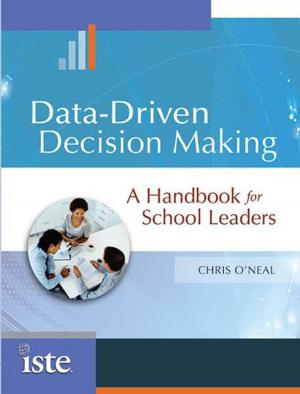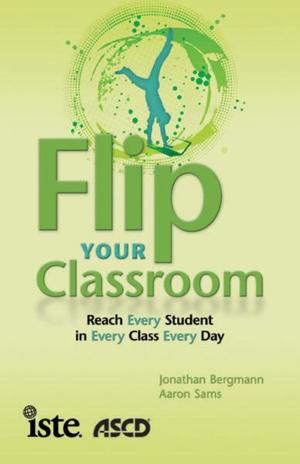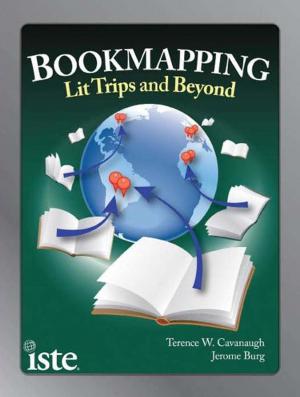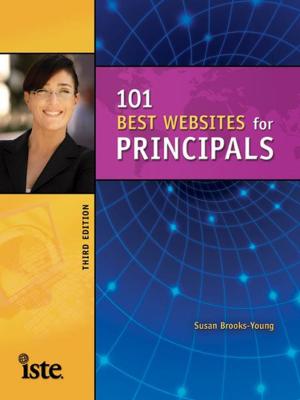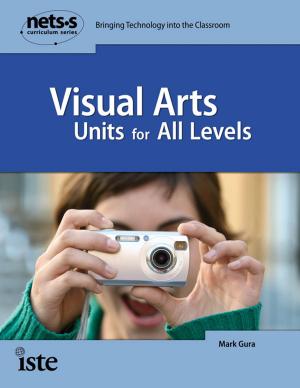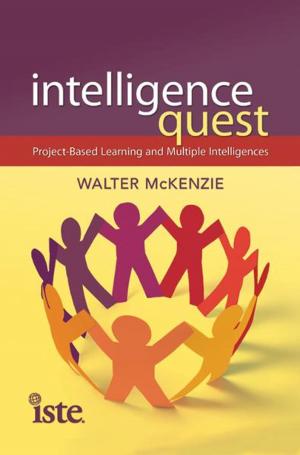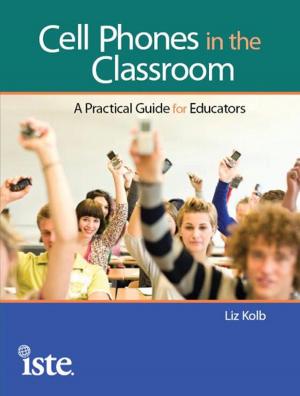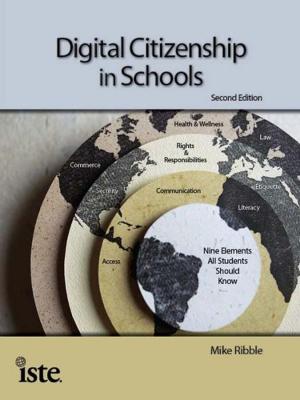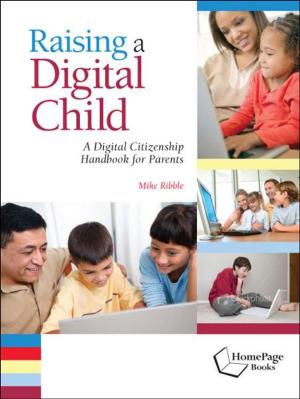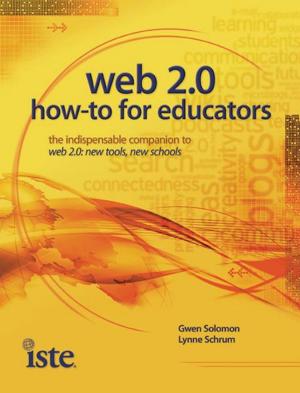Web 2.0: New Tools, New Schools
Nonfiction, Reference & Language, Education & Teaching, Teaching, Computers & Technology| Author: | Gwen Solomon, Lynne Schrum | ISBN: | 9781564844040 |
| Publisher: | International Society for Technology in Education (ISTE) | Publication: | October 21, 2007 |
| Imprint: | Language: | English |
| Author: | Gwen Solomon, Lynne Schrum |
| ISBN: | 9781564844040 |
| Publisher: | International Society for Technology in Education (ISTE) |
| Publication: | October 21, 2007 |
| Imprint: | |
| Language: | English |
What is Web 2.0? Once upon a time, Web sites were isolated information silosall content and no functionality. Today, the next generation of Web sites gives power to the end-user, providing visitors with a new level of customization, interaction, and participation. Many Web sites now allow users to upload, categorize, and share content easily. Weblogs and podcasts allow anyone to publish or broadcast on any topic. Wikis provide information that is constantly updated by the end-user. Open-source software is free and customizable. These new technologies are changing our relationship to the Internet.What can Web 2.0 tools offer educators? Web 2.0: New Tools, New Schools provides a comprehensive overview of the emerging Web 2.0 technologies and their use in the classroom and in professional development. Topics include blogging as a natural tool for writing instruction, wikis and their role in project collaboration, podcasting as a useful means of presenting information and ideas, and how to use Web 2.0 tools for professional development. Also included are a discussion of Web 2.0 safety and security issues and a look toward the future of the Web 2.0 movement. Web 2.0: New Tools, New Schools is essential reading for teachers, administrators, technology coordinators, and teacher educators.
What is Web 2.0? Once upon a time, Web sites were isolated information silosall content and no functionality. Today, the next generation of Web sites gives power to the end-user, providing visitors with a new level of customization, interaction, and participation. Many Web sites now allow users to upload, categorize, and share content easily. Weblogs and podcasts allow anyone to publish or broadcast on any topic. Wikis provide information that is constantly updated by the end-user. Open-source software is free and customizable. These new technologies are changing our relationship to the Internet.What can Web 2.0 tools offer educators? Web 2.0: New Tools, New Schools provides a comprehensive overview of the emerging Web 2.0 technologies and their use in the classroom and in professional development. Topics include blogging as a natural tool for writing instruction, wikis and their role in project collaboration, podcasting as a useful means of presenting information and ideas, and how to use Web 2.0 tools for professional development. Also included are a discussion of Web 2.0 safety and security issues and a look toward the future of the Web 2.0 movement. Web 2.0: New Tools, New Schools is essential reading for teachers, administrators, technology coordinators, and teacher educators.

